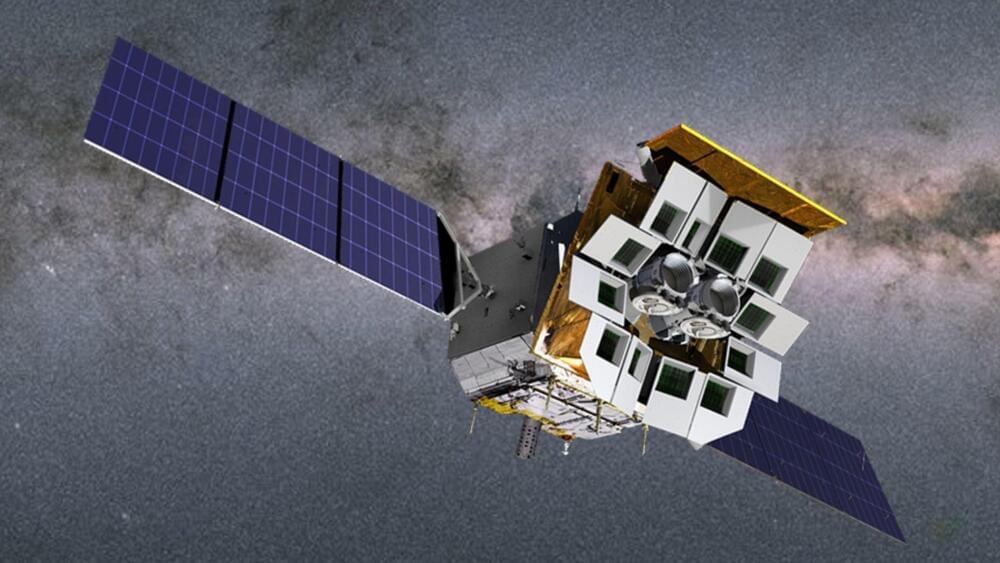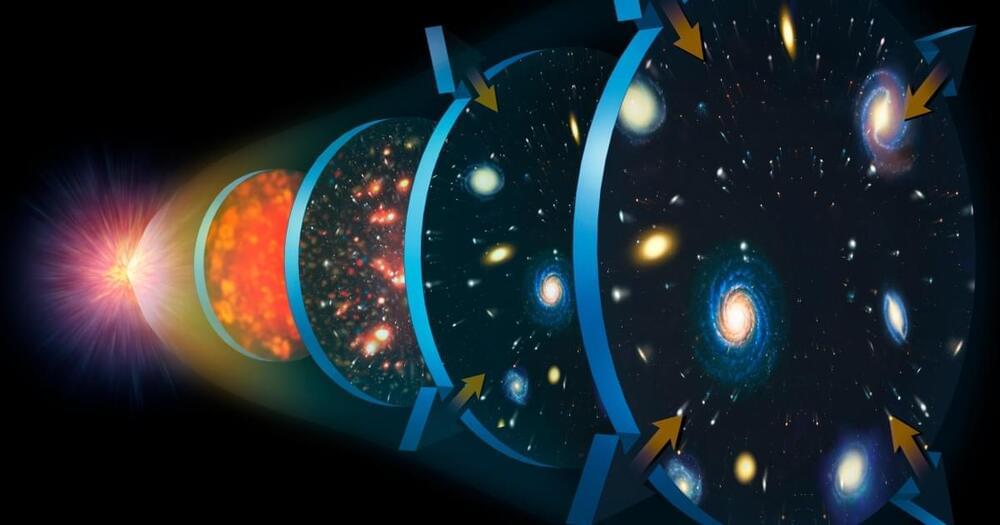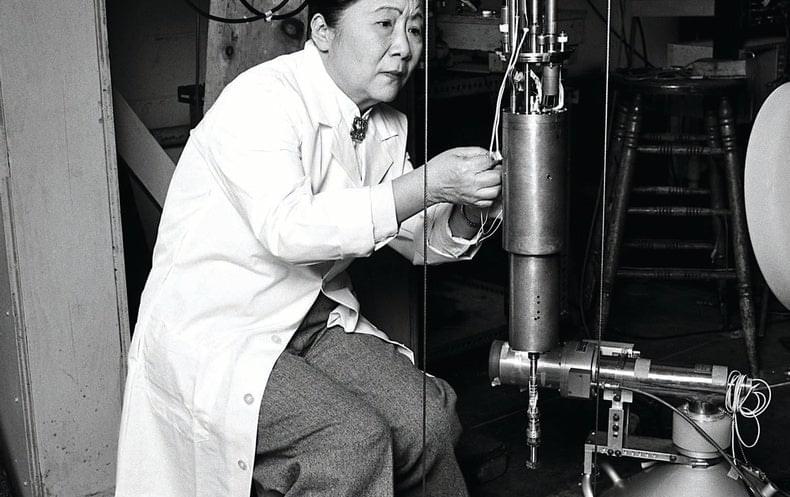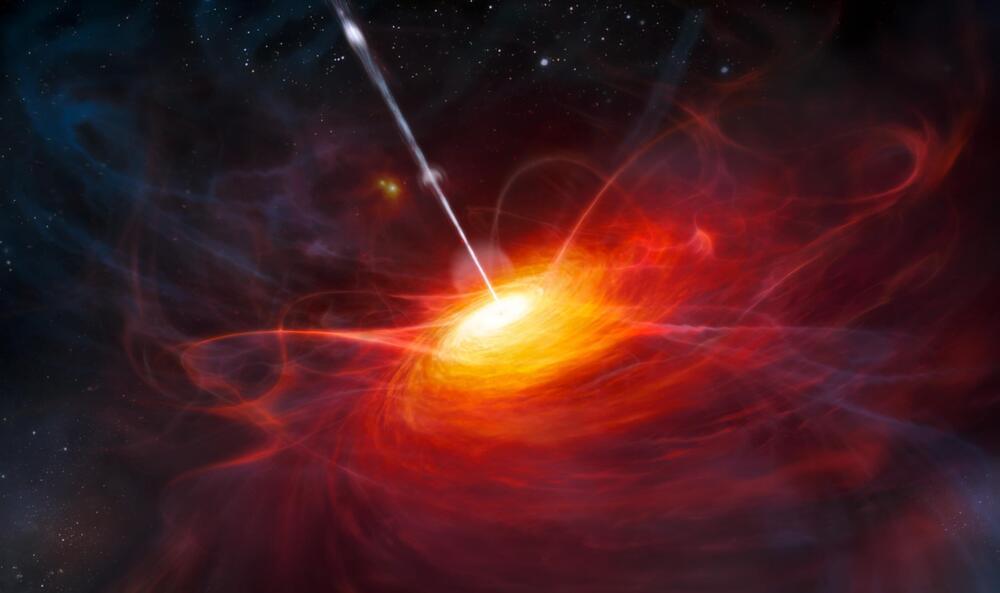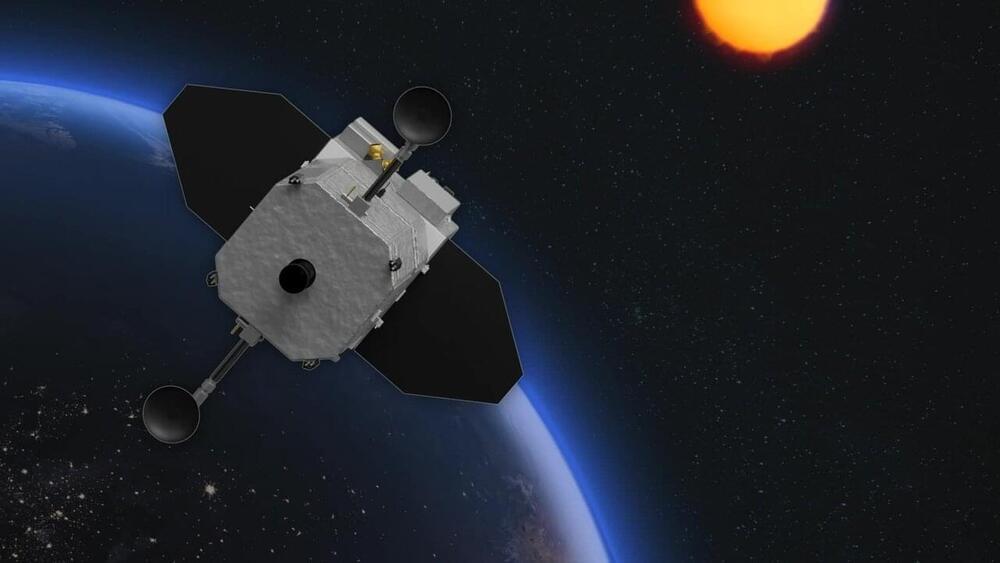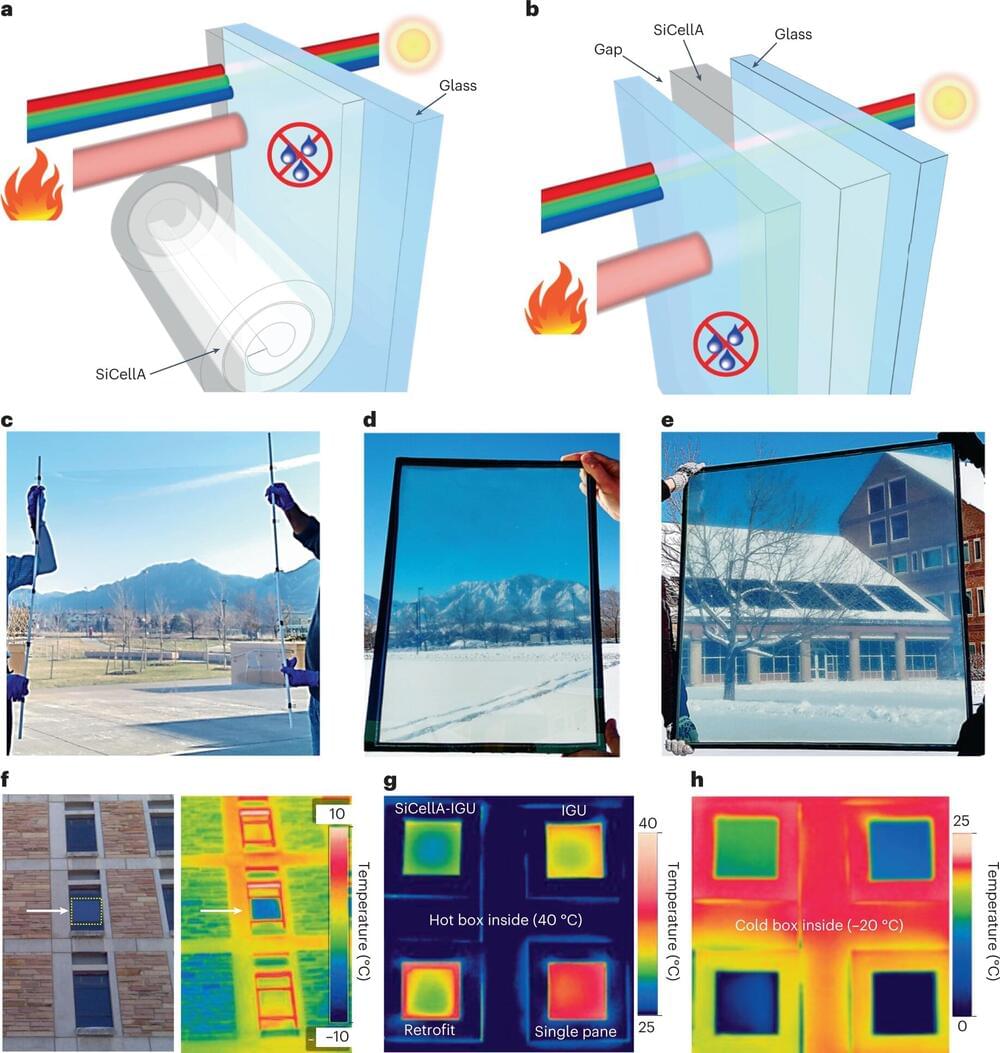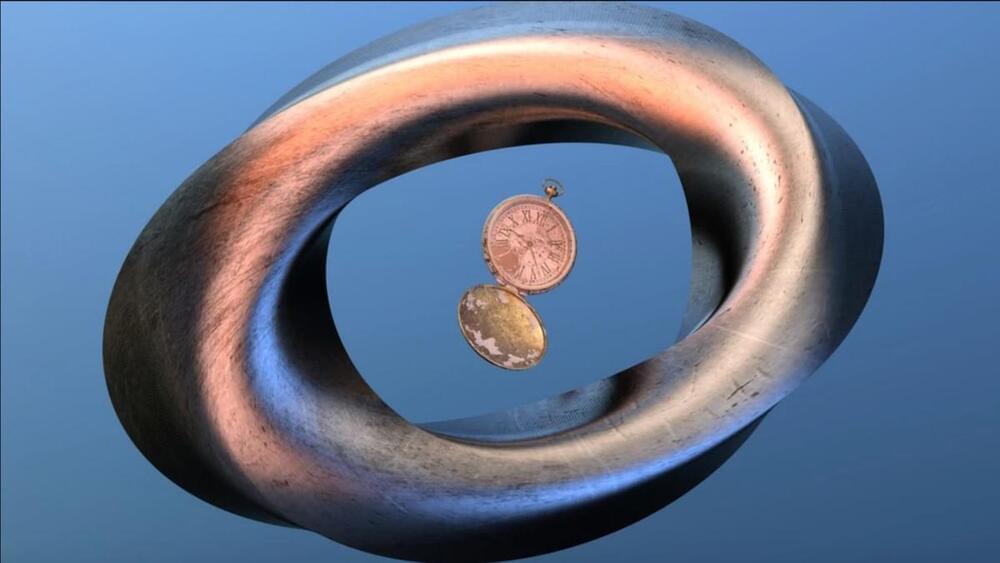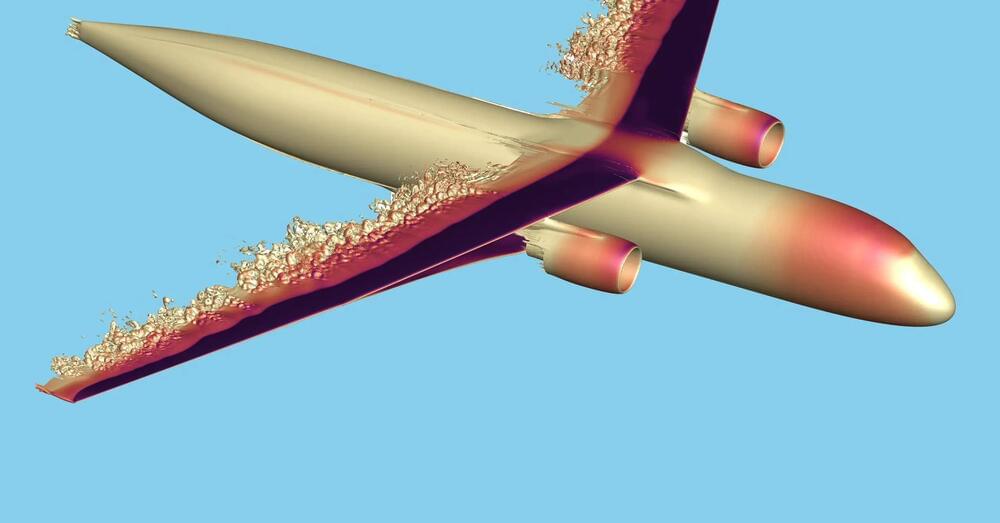A team of physicists and material scientists at the University of Colorado has developed a way to better insulate double-paned glass used for windows by adding a transparent aerogel. In their paper published in the journal Nature Energy the group describes how their aerogel is made and how much of a boost in energy efficiency can be expected from windows using the material. Nature Energy has also published a Research Briefing in the same journal issue that outlines the work done by the team.
Since most homeowners prefer to have windows that allow them to see outside, heat loss is inevitable. Over the past several decades, heat loss from windows has been improved by adding a second pane of glass —the two panes are typically separated by a gap of insulating air. Still, such windows do not provide nearly the same degree of insulation as insulated walls. In this new approach, the team in Colorado has come up with a way to improve the insulation properties of double-paned glass.
To make the aerogel (a gel with pockets of air in it), the research team soaked nanofibers of cellulose extracted from wood in water. Next, the wood nanofibers were removed and were then dunked in an ethanol solution. Once saturated, the nanofibers were heated in a pressurized oven—this forced the ethanol pockets to be replaced with air. Next, the nanofibers, which were transparent, were coated with a water-repellent material to prevent condensation when situated between panes of glass.
